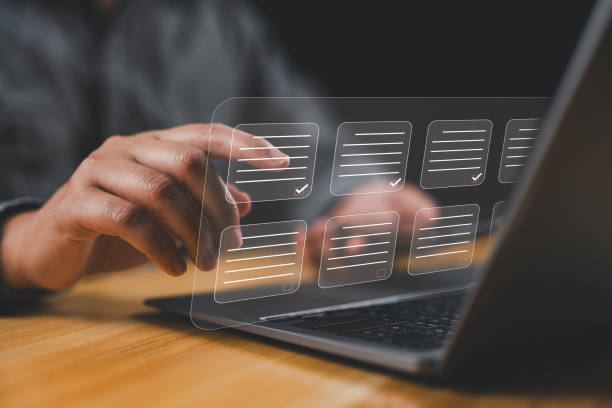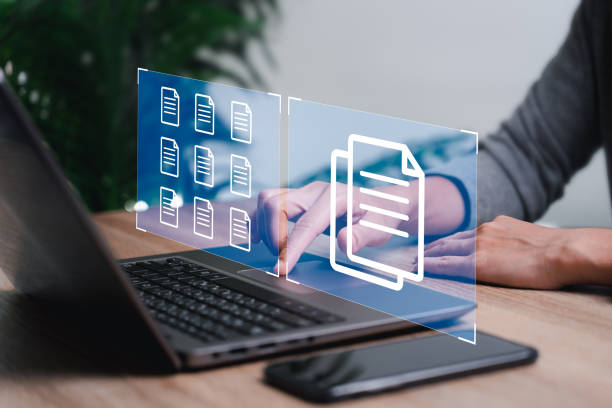What is On-Page SEO and Why is it Important?

#On-Page SEO refers to a set of techniques and actions you perform within your website to improve your site’s ranking in search engines like Google.
These actions include optimizing content, HTML code, site structure, and other internal website elements.
On-Page SEO plays a vital role in attracting targeted traffic and increasing your site’s visits.
In fact, On-Page SEO helps search engines better understand your site’s content and display it to relevant users.
Without proper On-Page SEO, even with the best content, you may not be seen in search results.
The importance of On-Page SEO stems from the complete control you have over its factors.
You can optimize your content, improve URL structure, and increase site loading speed.
By focusing on On-Page SEO, you can improve user experience and increase conversion rates.
In short, On-Page SEO is a fundamental foundation for a successful SEO strategy and helps you stay ahead in the online competition.
Are you tired of your online store having visitors but no sales? Rasaweb solves your main problem with professional online store designs!
✅ Significant sales increase with targeted design
✅ Flawless user experience for your customers
⚡ Get free consultation!
Keyword Research: The Cornerstone of On-Page SEO

Keyword Research is the process of identifying the words that users use to search for information related to your business.
Choosing the right keywords is the first and most important step in On-Page SEO.
If you target the wrong keywords, your On-Page SEO efforts will be futile.
There are various tools available for keyword research, including Google Keyword Planner, Ahrefs, and Semrush.
When choosing keywords, consider their search volume, competition level, and relevance to your site’s content.
Choose words that have a reasonable search volume while not having too much competition.
Also, make sure that the chosen keywords are closely related to your site’s topic.
After selecting keywords, use them naturally in your content, including in titles, meta descriptions, body text, and image alt tags.
Optimizing Titles and Meta Descriptions

Title Tags and Meta Descriptions are two important elements in On-Page SEO that are displayed in search results.
Titles are the main heading of your page, and meta descriptions provide a summary of the page’s content.
Optimizing these two elements can significantly increase your click-through rate (CTR) and attract more traffic to your site.
Titles should be attractive, relevant, and contain main keywords.
Try to keep your titles under 60 characters to be fully displayed in search results.
Meta descriptions should provide accurate information about the page’s content and encourage users to click on your link.
Use relevant keywords in the meta description and try to keep it under 160 characters.
Remember that titles and meta descriptions are the first things users see in search results, so optimize them carefully to have the best impact.
In fact, the meta description and page title are a showcase for your business on Google.
| Element | Description | Tips |
|---|---|---|
| Title Tag | The title of the page displayed in search results. | Contains the keyword, is attractive, and is under 60 characters. |
| Meta Description | A summary of the page’s content that is displayed in search results. | Accurate information, persuasive, and under 160 characters. |
Optimizing Content for On-Page SEO
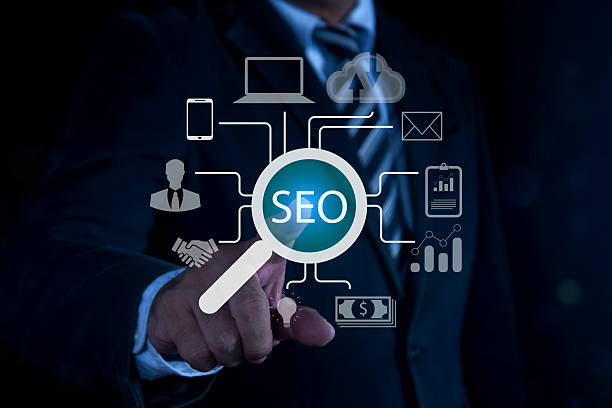
Content is king! This famous phrase well illustrates the importance of content in On-Page SEO.
High-quality, valuable, and relevant content not only attracts users but also helps search engines better understand your site.
To optimize content for On-Page SEO, keep the following points in mind. Use keywords naturally in your content without overdoing it.
Update your content regularly to keep it fresh and engaging.
Use high-quality images and videos to make your content more attractive.
Organize your content in a way that is easy to read, including using headings, subheadings, and short paragraphs.
Make sure your content is valuable and useful to your target audience.
Answer their questions and solve their problems.
If your content is useful to users, they will spend more time on your site, your bounce rate will decrease, and your site’s ranking in search results will improve.
On-Page SEO has a direct relationship with producing appropriate content.
Do you know that customers’ first impression of your company is your website? Multiply the credibility of your business with a powerful corporate website from Rasaweb!
✅ Exclusive and eye-catching design tailored to your brand
✅ Improved user experience and increased customer acquisition
⚡ Get free consultation!
Optimizing URLs and Site Structure
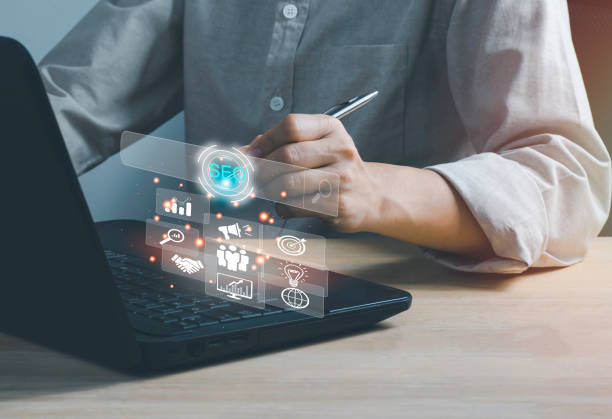
URLs (Uniform Resource Locators) are the addresses of your web pages, and the site structure shows how your web pages are organized.
Optimizing URLs and site structure helps search engines better crawl and index your site.
URLs should be short, descriptive, and contain main keywords.
Avoid using uppercase letters, spaces, and special characters in URLs.
Your site structure should be logical and hierarchical so users can easily find the pages they are looking for.
Use internal links to connect different pages of your site to each other.
Internal links help search engines understand the relationships between your site’s pages and determine their value.
Also, create a sitemap and submit it to Google.
A sitemap is a list of all the pages on your site and helps Google fully index your site.
On-Page SEO has a significant impact on how the site is displayed.
Optimizing Images and Videos

Images and videos can make your content more engaging and interactive, but if not properly optimized, they can slow down your site’s loading speed and negatively impact your On-Page SEO.
To optimize images, use appropriate formats like JPEG and PNG and reduce their size as much as possible.
Use alt tags to describe your images.
Alt tags help search engines understand the content of your images.
To optimize videos, use a video hosting platform like YouTube or Vimeo and embed your videos on your site.
Write an engaging title and accurate description for your videos and use relevant keywords in them.
Make sure your images and videos are optimized for mobile, as many users access your site through mobile devices.
Optimizing images and videos not only improves the user experience but also helps your On-Page SEO.
On-Page SEO includes visual aspects of the site.
Site Loading Speed and On-Page SEO
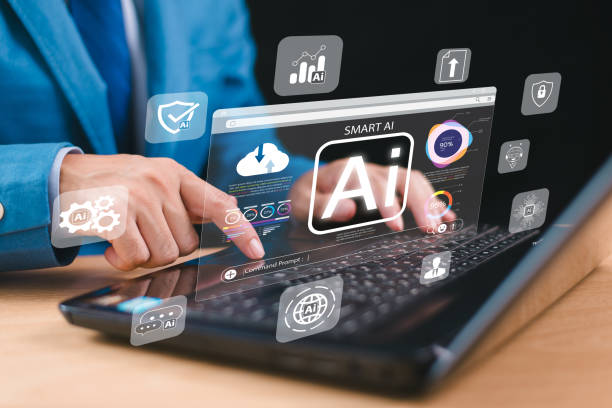
Site loading speed is one of the important ranking factors in Google.
Users expect web pages to load quickly, and if your site is slow, they will quickly leave it.
This can lead to increased bounce rates and lower site rankings in search results.
To improve your site loading speed, optimize images and videos, use a fast and optimized content management system, compress your HTML and CSS code, and use a content delivery network (CDN).
Also, regularly check your site speed using tools like Google PageSpeed Insights and GTmetrix and fix any issues.
Improving site loading speed not only improves user experience but also helps your On-Page SEO.
Google rewards sites that load quickly and displays them higher in search results.
High site speed is one of the signs of good On-Page SEO.
| Factor | Description | Solutions |
|---|---|---|
| Image Optimization | Reducing image size without sacrificing quality | Using optimized formats (JPEG, PNG), compressing images |
| Code Compression | Reducing the size of HTML, CSS, and JavaScript files | Using Minify tools, removing blank spaces and comments |
| Content Delivery Network (CDN) | Storing site content on multiple servers worldwide | Choosing a reputable CDN, distributing content in different locations |
| Choosing Suitable Hosting | Using high-speed servers with sufficient resources | Checking server resources, selecting hosting with high uptime |
Mobile Optimization
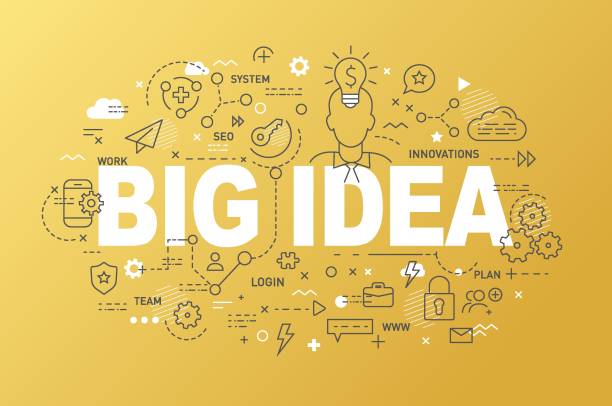
Given the increasing use of mobile phones for searching the Internet, optimizing the site for mobile is essential.
Google rewards sites that are optimized for mobile and displays them higher in search results.
To optimize your site for mobile, use a responsive design, improve site loading speed on mobile devices, make fonts and buttons large enough to be easy to use on mobile phones, and avoid intrusive pop-ups.
Make sure your site displays correctly on all mobile devices and that users can easily access all of your site’s content.
Optimizing your site for mobile increases the On-Page SEO of the site.
Are you tired of losing business opportunities due to not having a professional corporate website? Worry no more! With Rasaweb’s corporate website design services:
✅ The credibility and professionalism of your brand increase.
✅ You attract more customers and sales leads.
⚡ Get a free consultation to get started now!
Internal Linking

Internal Linking refers to the process of creating links between different pages of your site.
Internal links help search engines better understand your site’s structure and determine the value of different pages of your site.
Also, internal links help users easily navigate your site and discover more content.
When creating internal links, keep the following points in mind. Use descriptive and relevant anchor text, link to pages that are relevant to the topic of the current page, and avoid creating too many links on one page.
Internal linking is one of the most important On-Page SEO techniques that can help improve your site’s ranking in search results.
On-Page SEO has different aspects, and internal linking is one of them.
Monitoring and Analyzing On-Page SEO

After performing On-Page SEO measures, you should regularly monitor and analyze your site’s performance.
This helps you identify the strengths and weaknesses of your On-Page SEO strategy and take the necessary steps to improve it.
Use tools like Google Analytics and Google Search Console to monitor and analyze your On-Page SEO.
These tools provide valuable information about your site’s traffic, the keywords that users use to find your site, the pages with the most visits, and technical problems of your site.
Using this information, you can improve your On-Page SEO strategy and increase your site’s ranking in search results.
On-Page SEO is a continuous process and requires monitoring and optimization.
Data analysis plays an important role in On-Page SEO.
Frequently Asked Questions
| Row | Question | Answer |
|---|---|---|
| 1 | What is On-Page SEO? | On-Page SEO refers to a set of actions taken within a website (on its pages) to improve the site’s ranking in search engine results. This includes optimizing content, site structure, and HTML code. |
| 2 | Why is On-Page SEO important? | On-Page SEO helps search engines better understand the content of a page and determine whether that page is relevant and valuable to users’ searches. This better understanding leads to higher rankings. |
| 3 | What is the first and most important step in On-Page SEO? | Keyword Research is the most important initial step. By finding the right keywords, you can produce targeted content that is relevant to users’ needs. |
| 4 | What is the role of the Title Tag in On-Page SEO? | The title tag is one of the most important ranking factors and should include the main keyword. This tag is displayed in search results as the title of the page and affects the click-through rate (CTR). |
| 5 | What is the importance of the Meta Description? | The meta description does not directly affect rankings, but by providing an attractive summary of the page’s content in search results, it can encourage users to click, thereby increasing the click-through rate (CTR). |
| 6 | Why is the use of headings (H1, H2, etc.) important in content? | Headings help structure content and improve readability for users and search engine crawlers. Using keywords in headings also helps the search engine better understand the topic. |
| 7 | What does image optimization in On-Page SEO include? | It includes compressing images to reduce size, using descriptive and relevant file names, and filling in the Alt tag (alternative text) with relevant keywords to help search engines understand the content of the image. |
| 8 | What is meant by Internal Linking in On-Page SEO? | Internal linking refers to creating links between different pages of a website. This helps with page equity distribution, improves user experience, and helps search engine crawlers discover new pages. |
| 9 | Why is page loading speed important for On-Page SEO? | Page loading speed is a direct ranking factor and greatly affects user experience. Slow pages can increase bounce rates and decrease user engagement. |
| 10 | What role does quality content play in On-Page SEO? | High-quality content that is comprehensive, unique, and valuable to the user is the core of On-Page SEO. This content not only attracts and retains users but also sends positive signals to search engines and helps improve rankings. |
And other services of Rasa Web Advertising Agency in the field of advertising
Smart SEO: A fast and efficient solution for digital branding with a focus on custom programming.
Smart Sales Automation: A creative platform for improving click-through rates by optimizing key pages.
Smart Marketplace: A creative platform for improving customer behavior analysis with custom programming.
Smart UI/UX: A professional solution for increasing site visits with a focus on marketing automation.
Smart Website Development: A professional solution for improving SEO rankings with a focus on custom programming.
And over a hundred other services in the field of internet advertising, advertising consulting, and organizational solutions
Internet Advertising | Advertising Strategy | Advertorial
Resources
HubSpot Inbound Marketing
,Moz On-Page Optimization
,Ahrefs On-Page SEO Guide
,Yoast On-Page SEO
? Are you ready to transform your business in the digital world? Rasaweb Digital Marketing Agency, with expertise in custom website design, SEO, and digital marketing strategies, smooths the path to your success. Contact us today and build your digital future.
📍 Tehran, Mirdamad Street, next to the Central Bank, South Kazerun Alley, Ramin Alley No. 6

